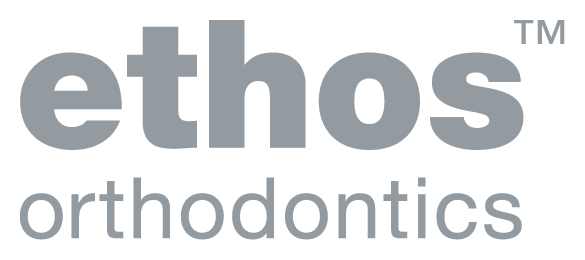You can’t overemphasise the importance of good oral hygiene
Not only for dental health, but for your overall wellbeing. In fact, gum disease is a key risk factor for the development of serious health conditions, including heart disease and diabetes.
From the time we’re young, we’re taught that using a toothbrush regularly is one of the best ways to keep our teeth and gums healthy. But which toothbrush is best?
In the late 1930s, when toothbrushes with nylon bristles were first invented, consumers selecting a toothbrush didn’t have many options. Now, the story’s entirely different. Most stores that sell oral hygiene products now have an wide collection of different types of toothbrushes on their shelves, including manual (disposable) and powered (electric) varieties.
General Tips for Choosing a Toothbrush
There are certain features that you should look for in whatever toothbrush you choose, regardless of whether it is manual or powered.
Size
The best toothbrush head for you should allow you easy access to all surfaces of your teeth. For most adults, a toothbrush head a half-inch wide and one-inch tall will be the easiest to use and the most effective. Though there are larger toothbrush heads available, you may find that it is difficult to manoeuvre them to clean certain hard-to-reach areas, such as the sides and backs of your molars. The toothbrush should have a long enough handle so you can securely hold it in your hand.
Bristle variety
If you go to a store to purchase a manual toothbrush or a replacement head for your electric toothbrush, you will be able to select a toothbrush with soft, medium, or hard nylon bristles. For the vast majority of people, a soft-bristled toothbrush will be the most comfortable and safest choice. Depending on how forcefully you brush your teeth and the strength of your teeth, medium- and hard-bristled brushes could actually damage the gums, root surface, and protective tooth enamel.



